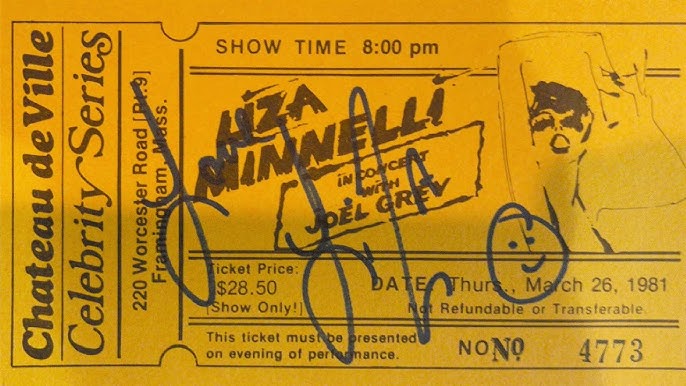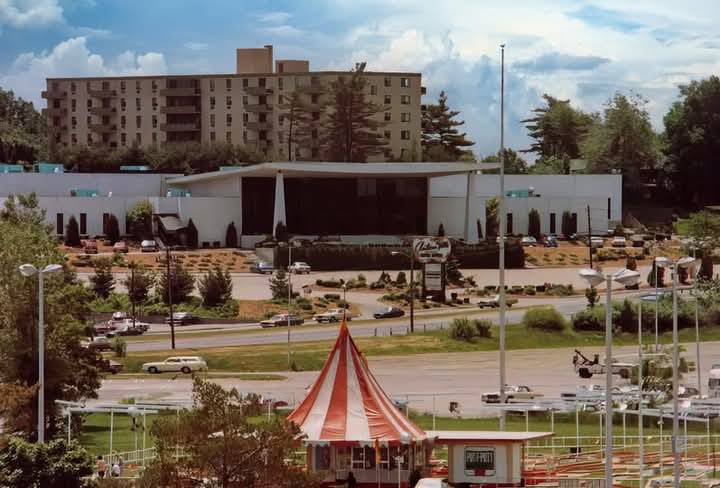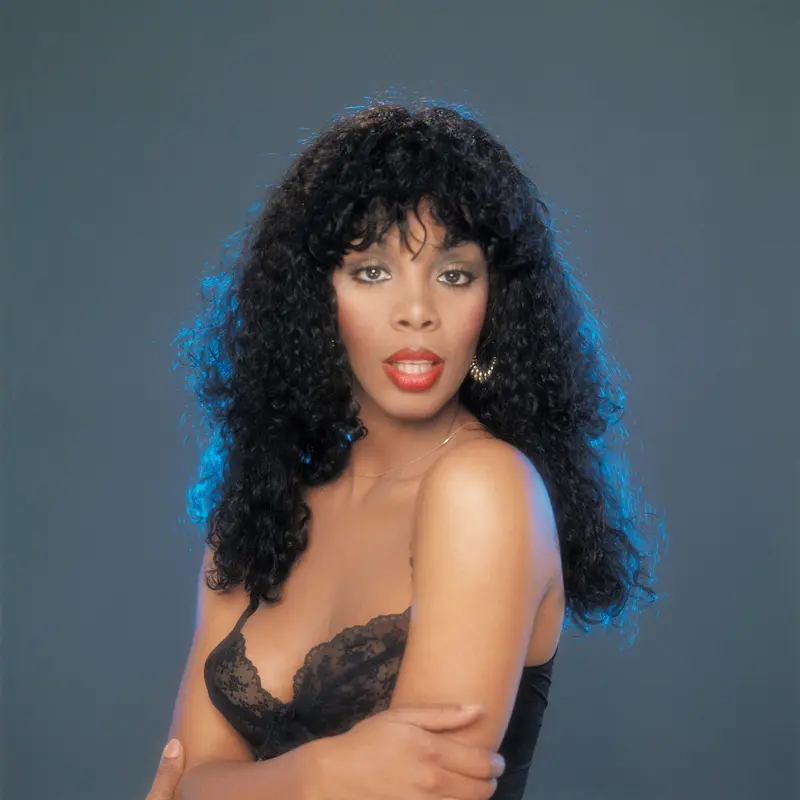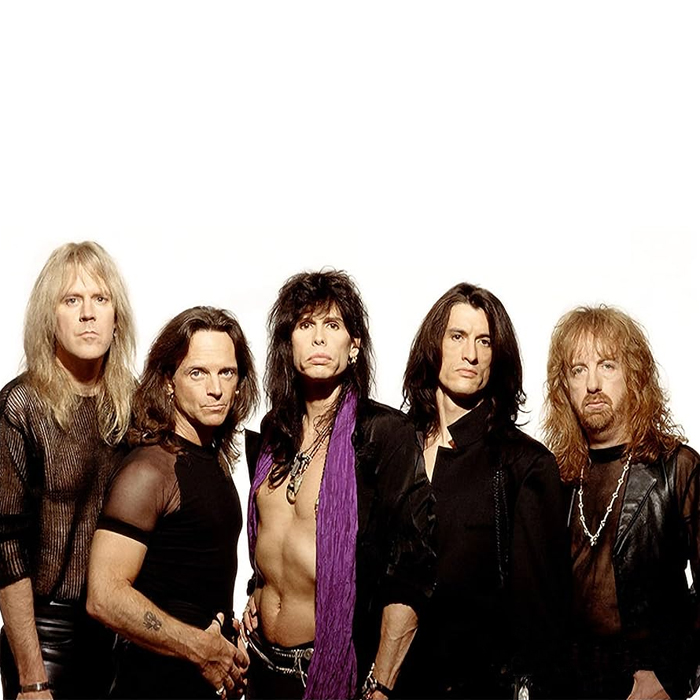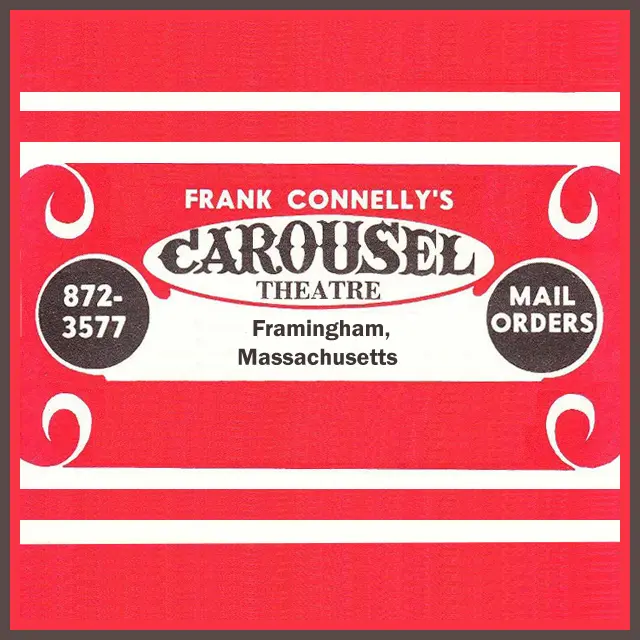Chateau de Ville Dinner Theatres
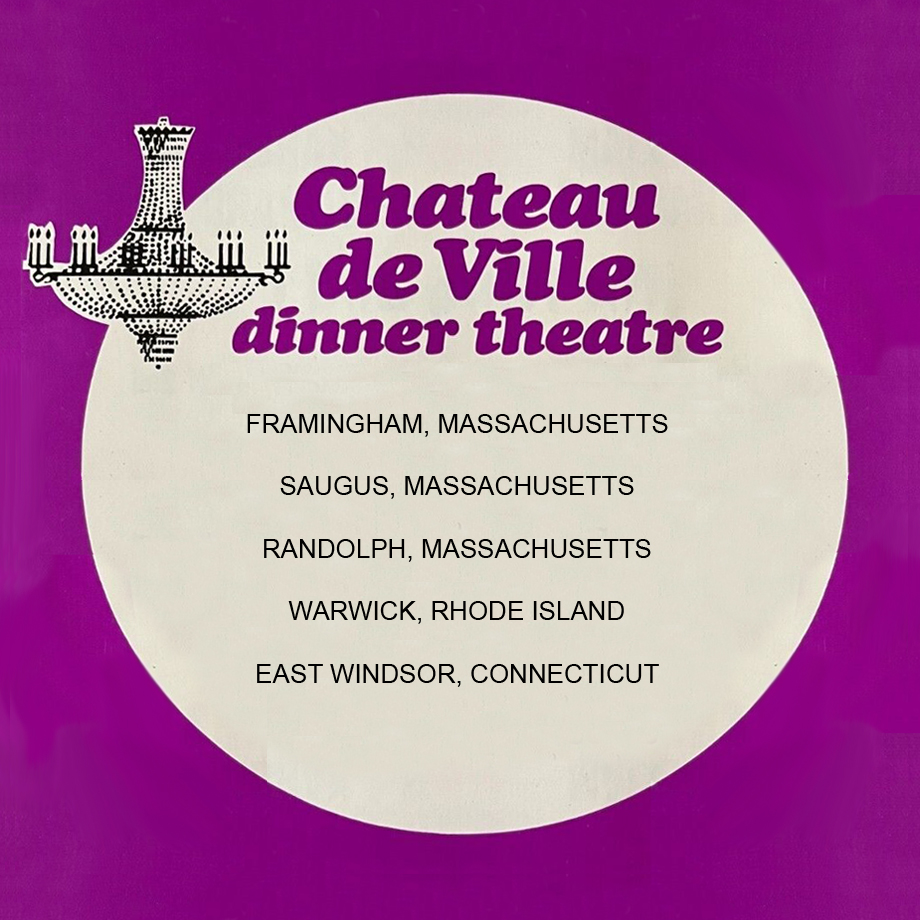
In the late 1960s, when psychedelic rock was going full speed and the singer-songwriter movement was gaining momentum, a new variety of venue arose in suburbs across the United States, becoming a wildly successful and lucrative part of the nation’s musical landscape for some 15 years: the dinner theatre. And with the founding of the Chateau de Ville chain in 1971, the New England region moved to the forefront of the phenomenon, setting the gold standard for the roughly 50 similar venues that opened across the US between then and the middle of the decade.
The CdV’s five locations – three in Massachusetts, one in Rhode Island and one in Connecticut – were by far “the most elegant and elaborate” of the over 100 US dinner theatres that sprouted between 1967 and 1973, wrote John Gruen of The New York Times in October 1973, and each hosted household names on a regular basis. Using the catch copy “See Live Las Vegas & Broadway Shows for Less than the Cost of a Movie!” in its promotional material, the chain presented mostly musicals in the first half of its 13-year existence (running them for four to eight weeks, depending on their success) and mostly ‘50s/’60s-era pop and jazz singers in the second (with exceptions including The Village People, Harry Chapin, The Commodores, Donna Summer, The Beach Boys, Johnny Cash, Whitney Houston and Laura Branigan). The CdV spaces also hosted some of the 20th century’s most iconic comedians, among them Johnny Carson, Don Rickles, Joan Rivers, Mickey Rooney, Phyllis Diller, Joey Bishop, David Brenner, Rodney Dangerfield and George Carlin, and were the site of countless wedding receptions, proms, bar mitzvahs, dances, fund raisers and other events.
DINNER THEATRE HISTORY, ACTOR’S EQUITY ASSOCIATION
Though the US dinner-theatre boom began in the late ‘60s, largely driven by the rapid expansion of the suburbs, the idea for “dinner-and-a-show” venues originated in the South in the early ‘50s. The Barksdale Theatre in Richmond, Virginia, founded in 1953 at the Hanover Tavern, is considered to be the first formal dinner theatre in the nation, and they gained momentum over the next several years when chuckwagon-style restaurants in Alabama, Kentucky and Louisiana began having amateur actors put on stage shows while doubling as waiters. In 1959, the Meadowbrook Theatre Restaurant in Cedar Grove, New Jersey became the first US dinner theatre to present professionally produced musicals and plays and the first to hire well-known actors and directors.
By 1968, the popularity the new style of venue had caught the attention of the Actors’ Equity Association (AEA), a labor union that represents theatre actors, directors, choreographers and stage managers. Recognizing the employment potential of dinner theatres, the organization embarked on a nationwide campaign to convince their owners to hire ADA members; by 1973, over 60 dinner theatres were doing so, including the CdV, which at its peak employed more ADA members than any other organization (about 1,800).
OWNER MARIO CIROLLI, PRODUCER JERRY ROBERTS, CDV OPENING
The founder/owner of the Chateau de Ville chain was Mario D. Ciroli, who also founded/owned Montvale Plaza, a popular function hall in the Boston suburb of Stoneham that opened in 1968 and closed in 2018. Like the CdV, it was used for proms, wedding receptions, dances and the like in addition to presenting a variety of musical acts (though not ones as internationally renowned as those at the CdV). The son of an Italian immigrant, Cirolli was born in Boston, raised in nearby Medford and opened his first business at age 19 (Ciro’s Studio in Dorchester).
The producer of all events at every CdV location was Gerald “Jerry” Roberts, a former CPA who co-owned the Carousel Theatre in Framingham from 1958 to 1969 with Frank Connolly (who became Aerosmith’s first manager in 1970); that venue presented musicals, jazz greats including Ella Fitzgerald and rock legends including Jimi Hendrix. “I had my own accounting firm for 20 years [before going] into rock music,” he told Haskel Frankel of The New York Times in 1977. “Then the Chateau de Ville expressed an interest in something that would bring business to the place during the quiet summer months. Frank was busy putting together a group called Aerosmith – he had a fantastic intuitive ability about what would go – so I went it alone. Well, five years ago I turned the accounting firm over to my employees and here I am.”
The first CdV location was in Framingham, Massachusetts, opened on July 13, 1971 and widely viewed as the chain’s flagship. Built along Route 9 amidst a bustling retail district that included two malls, its location directly between the states most populous cities, Boston (about 20 miles east) and Worcester (about 20 miles west), allowed it to draw audiences from both and the Framingham CdV’s prime setting provided maximum visibility among area commuters. By early ’72, there were also CdV spaces in Saugus and Randolph, Massachusetts and in Warwick, Rhode Island; the fifth location opened in ’74 in East Windsor, Connecticut. Opening night in Framingham featured the Broadway play “Under the Yum Yum Tree” starring Hollywood heartthrob Tab Hunter in the venue’s roughly 675-seat Regency Room, and The Boston Globe’s Ernie Santosuosso wrote a review of the event, commenting on the grandeur of the CdV. “The opening of the Chateau de Ville Dinner Theatre in Framingham on Tuesday night was something out of the Hollywood premiere mold, without the klieg lights. It was a black-tie event and the ladies were attired in everything from evening gowns to ‘hot pants’ suits,” he wrote, adding the CdV “contains a grand setting for the theatre, and the chandeliers in the Regency Room are strung with enough crystal to keep the entire Swiss watch industry in operation for a couple of years.”
CdV venues differed from similar theatres in two ways other than the sheer opulence of their interiors: first, customers selected their dinner from a menu while seated at a table, with waitresses taking their orders (not from a buffet line as was standard); second, the CdV didn’t offer an all‐in‐one-priced ticket that covered both dinner and the show (as was also standard). Show prices at the CdV dinner theatres were $5.95 plus tax between Sunday and Friday and $6.95 plus tax on Saturday, with some of the more popular shows costing $1 more; main courses ran from $5.95 to $9.95 and included a salad. The most popular place for visiting performers to eat and drink while in Framingham was nearby Ken’s Steak House and its Café V, which was an absolute boon for the restaurant’s business, according to owner Tim Hanna. “We would draw stars from Hollywood left and right,” he told WBUR’s Lisa Tobin in 2019. “It wasn’t uncommon to come into Ken’s and have Diana Ross in the Cafe V in the front of the building and Louis Armstrong in the main dining room. And it caused a tremendous influx of additional customers.”
NOTABLE PRODUCTIONS, APPEARANCES, CLOSING
Though the CdV chain presented a fairly broad variety of musicals, plays, stage shows and musical artists (and a number of female impersonators), producer Roberts considered some productions to be too avant-garde and/or risqué to put on stage. “We won’t do shows like ‘Oh! Calcutta!’ [which has scenes of total nudity in sketches on sex-related topics] or ‘Let My People Come’ [which is subtitled ‘A Sexual Musical’], not because we’re prudes, but because we want to keep the class up,” he told Haskel Frankel of The New York Times in 1977. Roberts said he never booked any rock bands because doing so wasn’t worth the risk and the cost. “We won’t go into rock, for two reasons,” he told Frankel. “First, the audience might tear the place apart, and second, the big rock names get such astronomical salaries that we can’t afford them.”
Among the dozens of Broadway productions that the CdV theatres presented between ‘71 and ‘77 were “South Pacific,” “Guys and Dolls,” “West Side Story,” “My Fair Lady,” “Hello, Dolly!” and “Fiddler on the Roof”; plays included Neil Simon’s “California Suite (starring Lynn Redgrave) and Simon’s “Last of the Red Hot Lovers” (starring Stubby Kaye). By 1978, the heyday of touring Broadway musicals had passed and musicals became the exception more than the rule at CdV venues, substituted most often with Vegas mainstays like Wayne Newton and middle-of-the road balladeers like Engelbert Humperdink. Some others who appeared in the late ‘70s were The Temptations, Ray Charles, Jerry Lee Lewis, Sandler & Young and Al Martino (who played Italian folk singer Johnny Fontane in The Godfather and The Godfather: Part III); between 1980 and ’84, acts included Liza Minelli, Tom Jones, Lou Rawls, Neil Sedaka, The Spinners, Ricky Nelson (fronting The Stone Canyon Band), disco group A Taste of Honey and doo-wop revival act Sha Na Na.
The dinner-theatre craze waned in the early ‘80s and the CdV chain’s popularity dwindled along with it. Adding insult to injury, the beginning of the “long boom” economic expansion drove up property values, making it hard for independently owned outfits such as the CdV to survive; by the end of ‘84, all five locations had shuttered. Thirty-two years later, on November 23, 2016, owner/founder Mario D. Ciroli died at age 87, remembered as a visionary in his field and as a major contributor to his home region and local community. “He brought joy and glamour to New Englanders by providing luxurious function facilities in the ‘70s and ‘80s,” one obituary read. “He provided luxury wedding packages at an affordable price and took great joy in making sure his brides were treated like princesses. He was loved and respected by all his employees from waitresses to management.“
(by D.S. Monahan)



